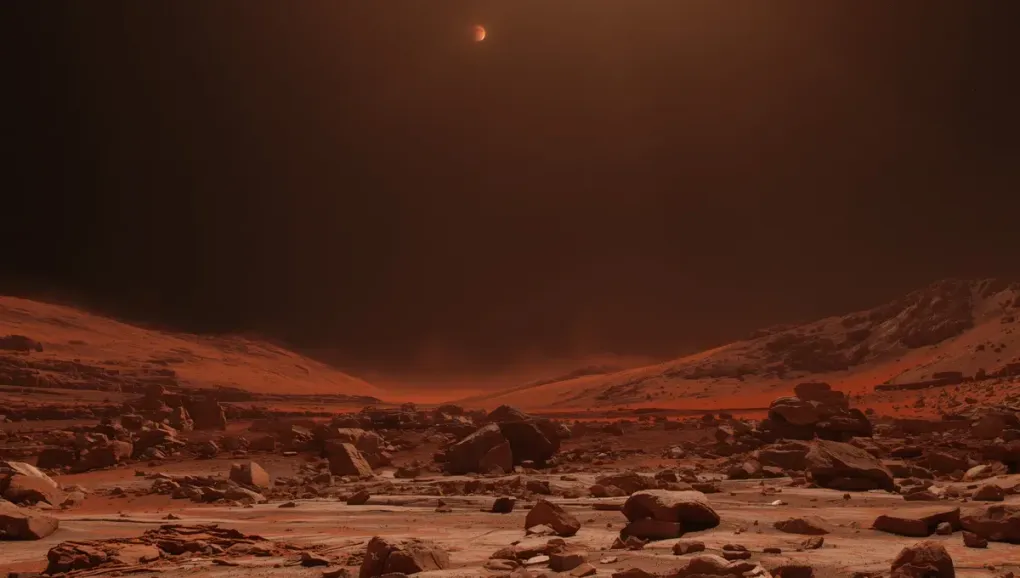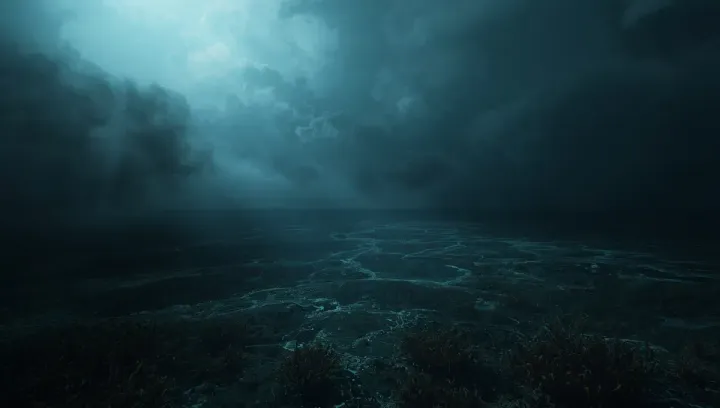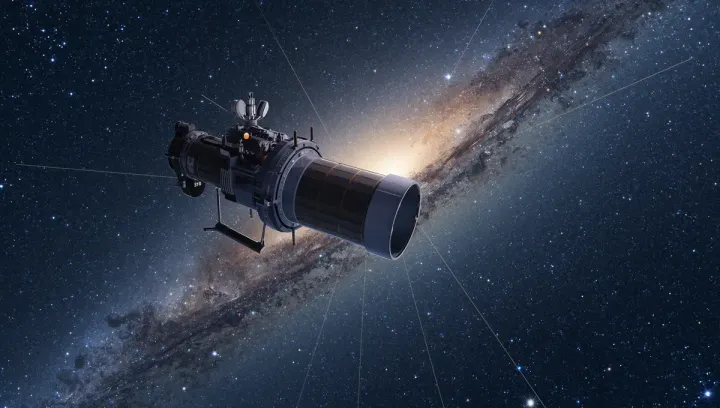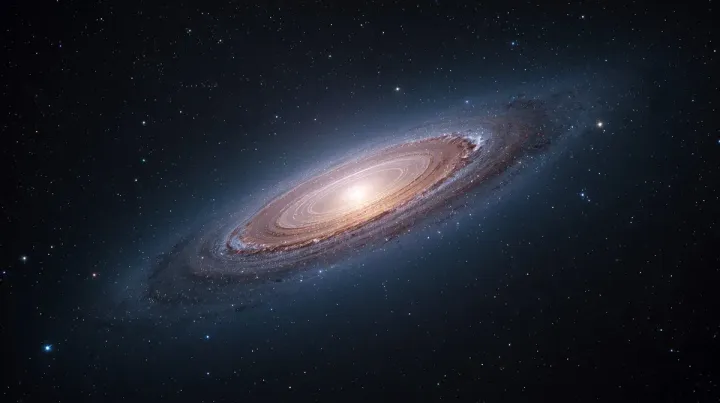
TRAPPIST-1d: Webb Narrows Possibilities for a Potentially Habitable World
The TRAPPIST-1 system, with its seven Earth-sized rocky planets, has long been a prime target in the search for habitable worlds. Now, the James Webb Space Telescope has taken a closer look at TRAPPIST-1d, a planet on the cusp of the habitable zone, and the results are in: it does not have a thick, Earth-like atmosphere. Webb’s instruments found no significant traces of water, methane, or carbon dioxide. While this rules it out as an Earth-twin, several possibilities remain: it could be a barren rock, have a very thin atmosphere like Mars, or be shrouded in thick, high-altitude clouds like Venus. This post examines the findings and what they mean for the habitability of planets around volatile red dwarf stars.
### A System of Earth-Sized Worlds
Located 40 light-years away, the TRAPPIST-1 system is a remarkable natural laboratory. It features seven rocky planets, all similar in size to Earth, orbiting a cool red dwarf star. Because red dwarfs are the most common type of star in our galaxy, understanding if their planets can retain atmospheres and support life is a critical question for astronomers. TRAPPIST-1d, the third planet from the star, receives a similar amount of energy to Earth, placing it on the edge of the theoretical “habitable zone.”
### Staring into the Starlight
To probe the planet, astronomers used a technique called transmission spectroscopy. As TRAPPIST-1d passed in front of its star (a transit), they used the JWST’s Near-Infrared Spectrograph (NIRSpec) to analyze the starlight that filtered through the planet’s atmosphere. If an atmosphere were present, specific molecules would absorb certain wavelengths of light, leaving tell-tale chemical fingerprints in the spectrum.
### The Null Result: No Atmosphere Detected
The data from Webb was clear, but not in the way many had hoped. The spectrum showed no significant absorption features. The molecules that would indicate a substantial atmosphere—like water, methane, or carbon dioxide—were simply not there. This allowed the science team to rule out the possibility of a thick, Earth-like atmosphere.
### What Does This Mean? Three Possibilities
A non-detection doesn’t necessarily mean there is nothing there. According to the research team, the result points to one of three main possibilities for TRAPPIST-1d:
- A Barren Rock: The planet may have lost its atmosphere long ago, or never formed one. The host red dwarf star is known to be volatile and could have stripped the atmosphere away with intense radiation and stellar flares.
- A Thin, Mars-Like Atmosphere: It could possess an extremely tenuous atmosphere, so thin that it doesn’t produce a detectable signal with this method.
- A Thick, Venus-Like Cloud Deck: The planet might have a dense atmosphere, but it could be obscured by a high, thick layer of clouds. These clouds would block the starlight from passing through the gas below, effectively hiding any chemical signatures from Webb.
While this result may be disappointing for those searching for an Earth twin, it provides a crucial data point. It helps scientists define the line between planets that can and cannot hold onto a life-supporting atmosphere, especially around active red dwarf stars. The quest now continues to the outer planets of the TRAPPIST-1 system, which may have had a better chance of protecting their atmospheric blankets.
Source: Based on the news release from NASA and the Space Telescope Science Institute (STScI).


